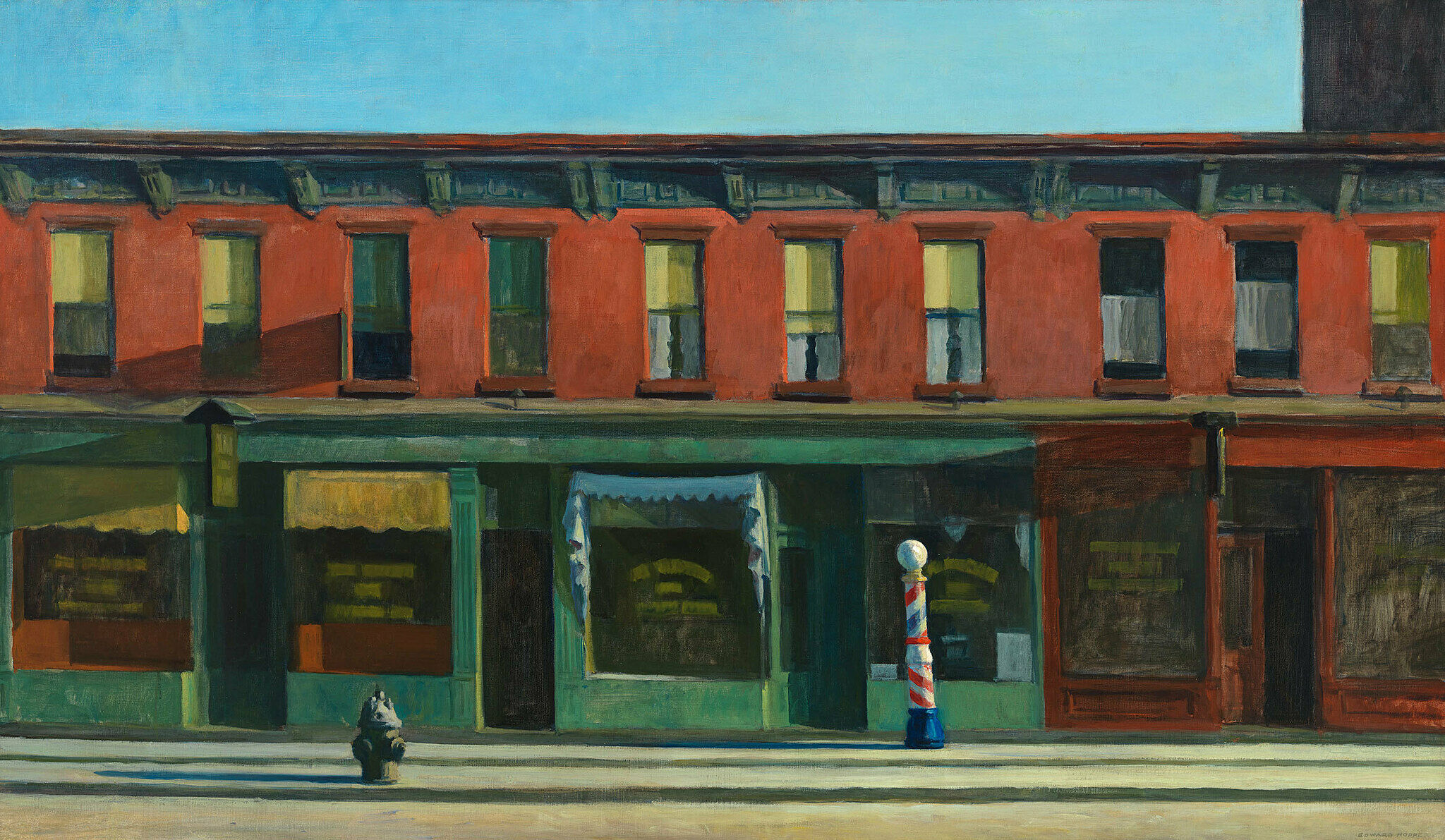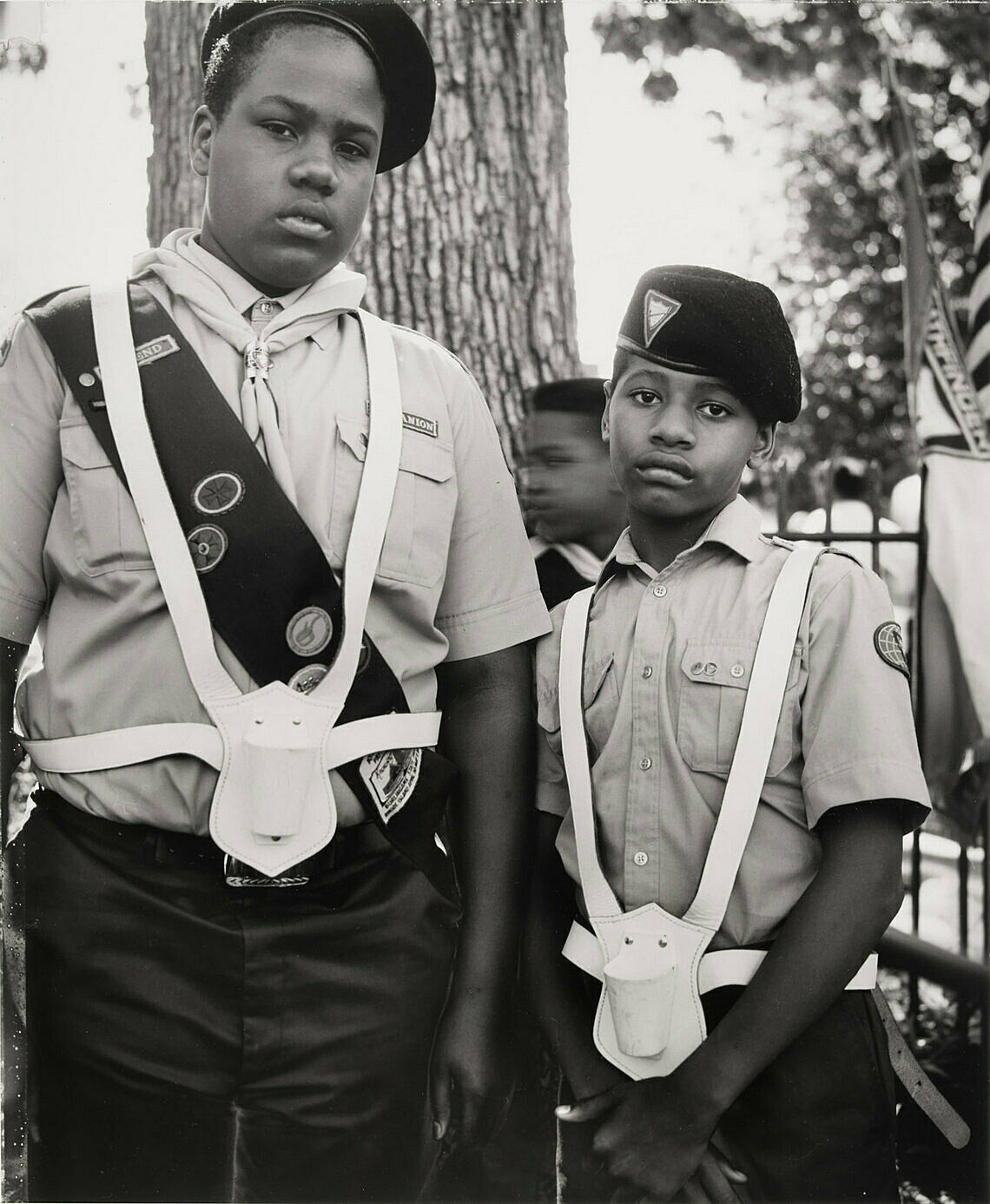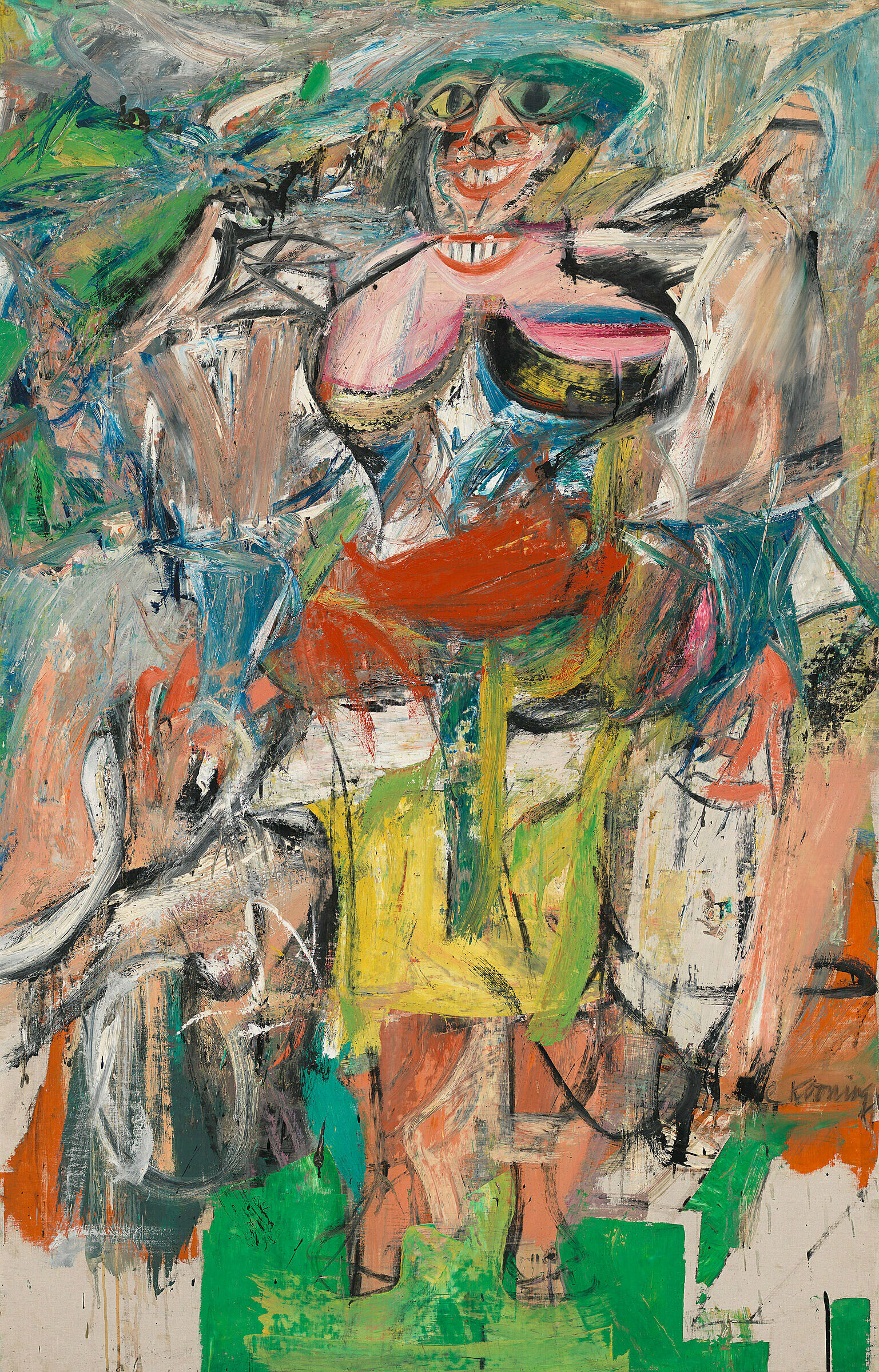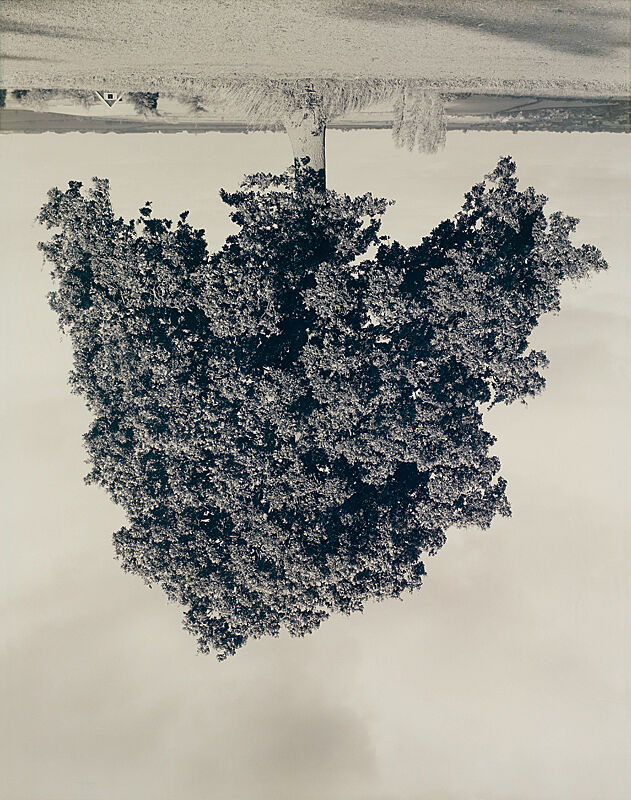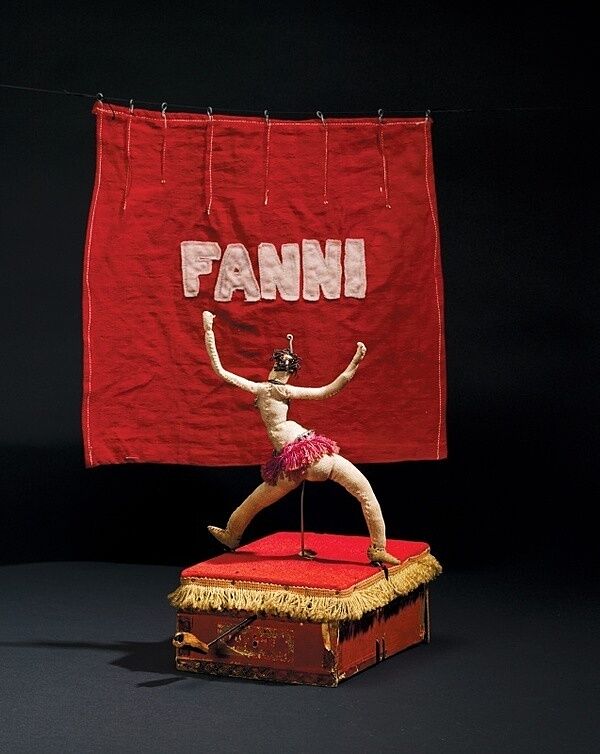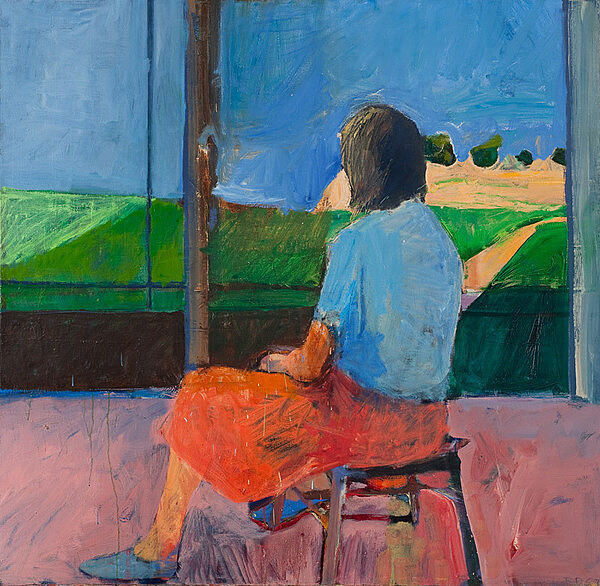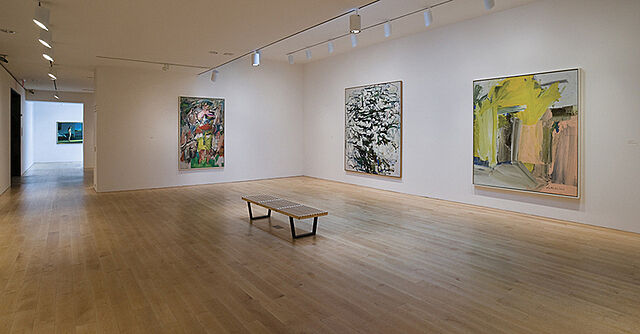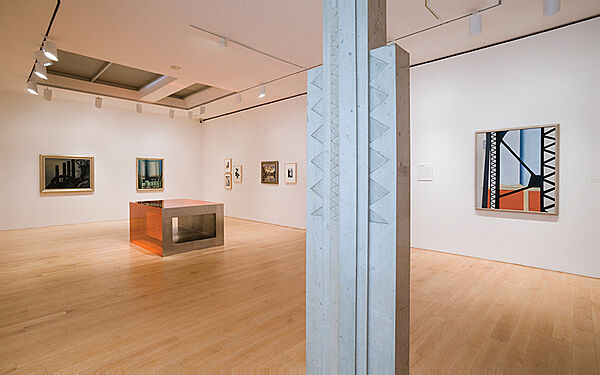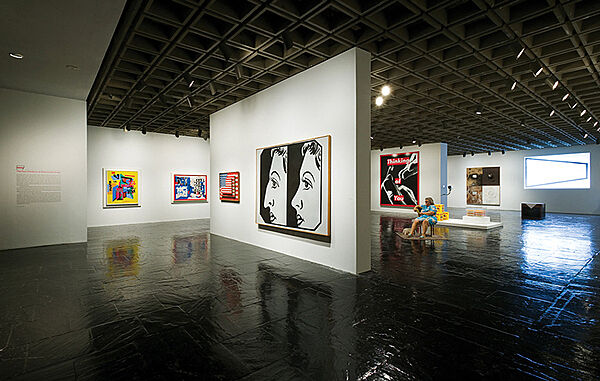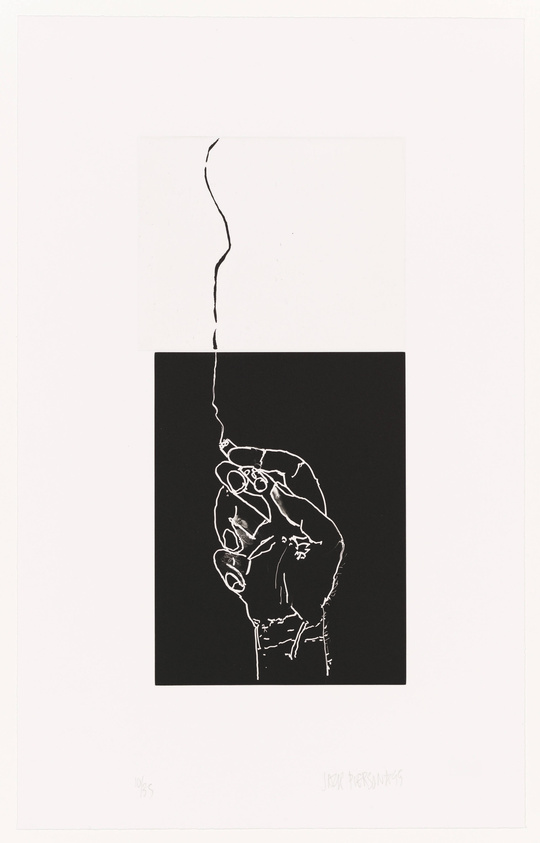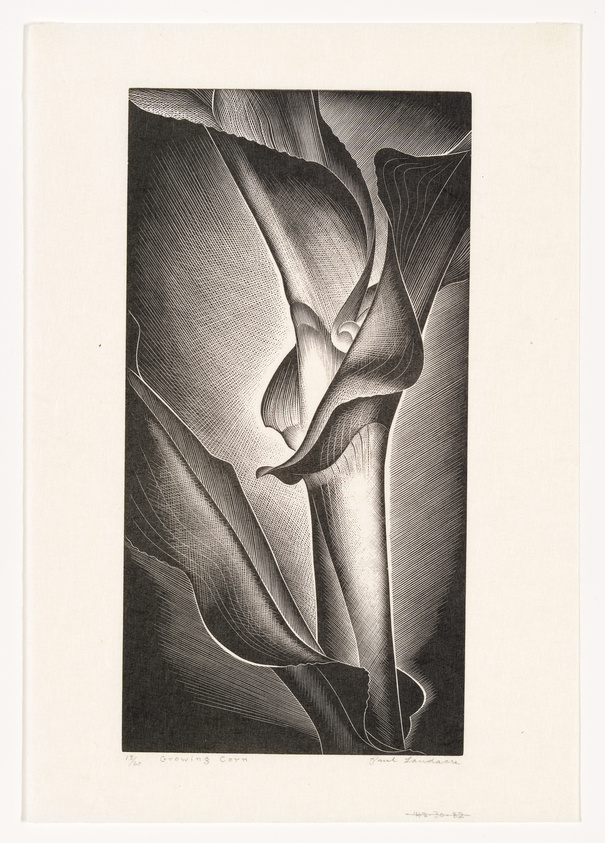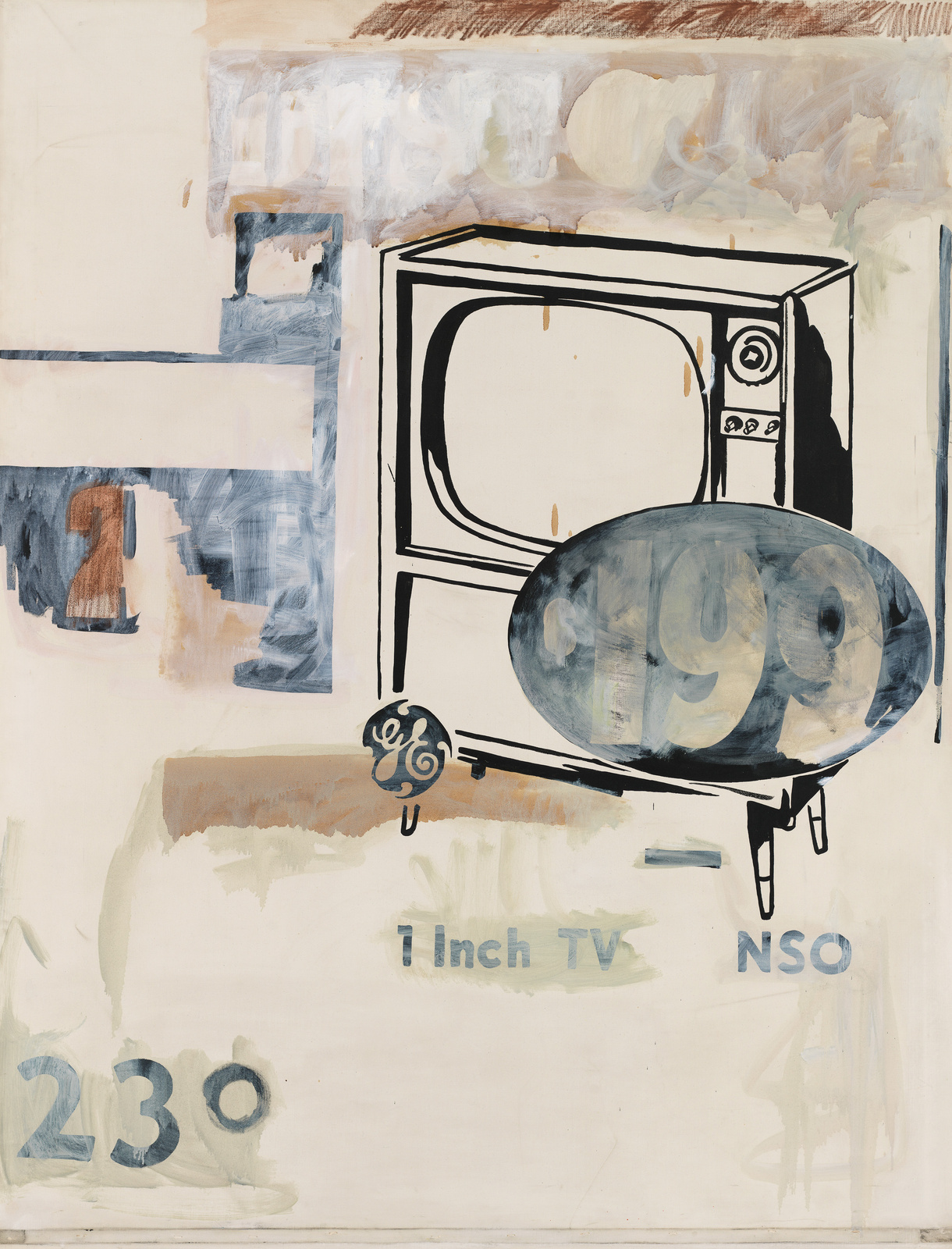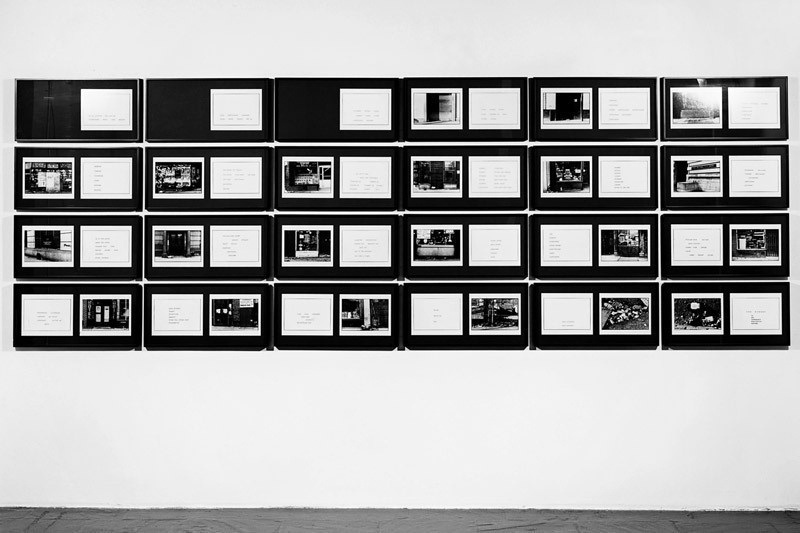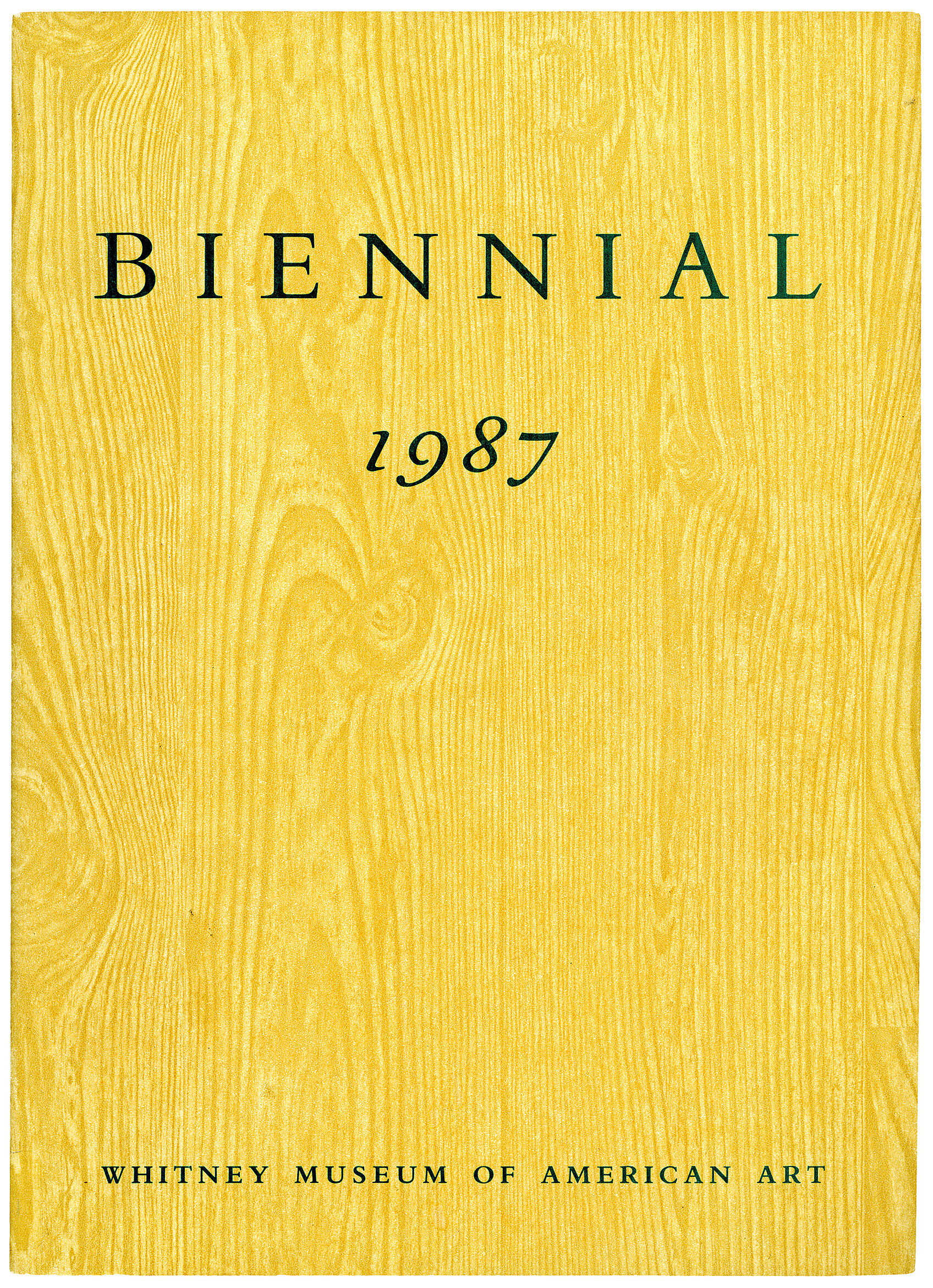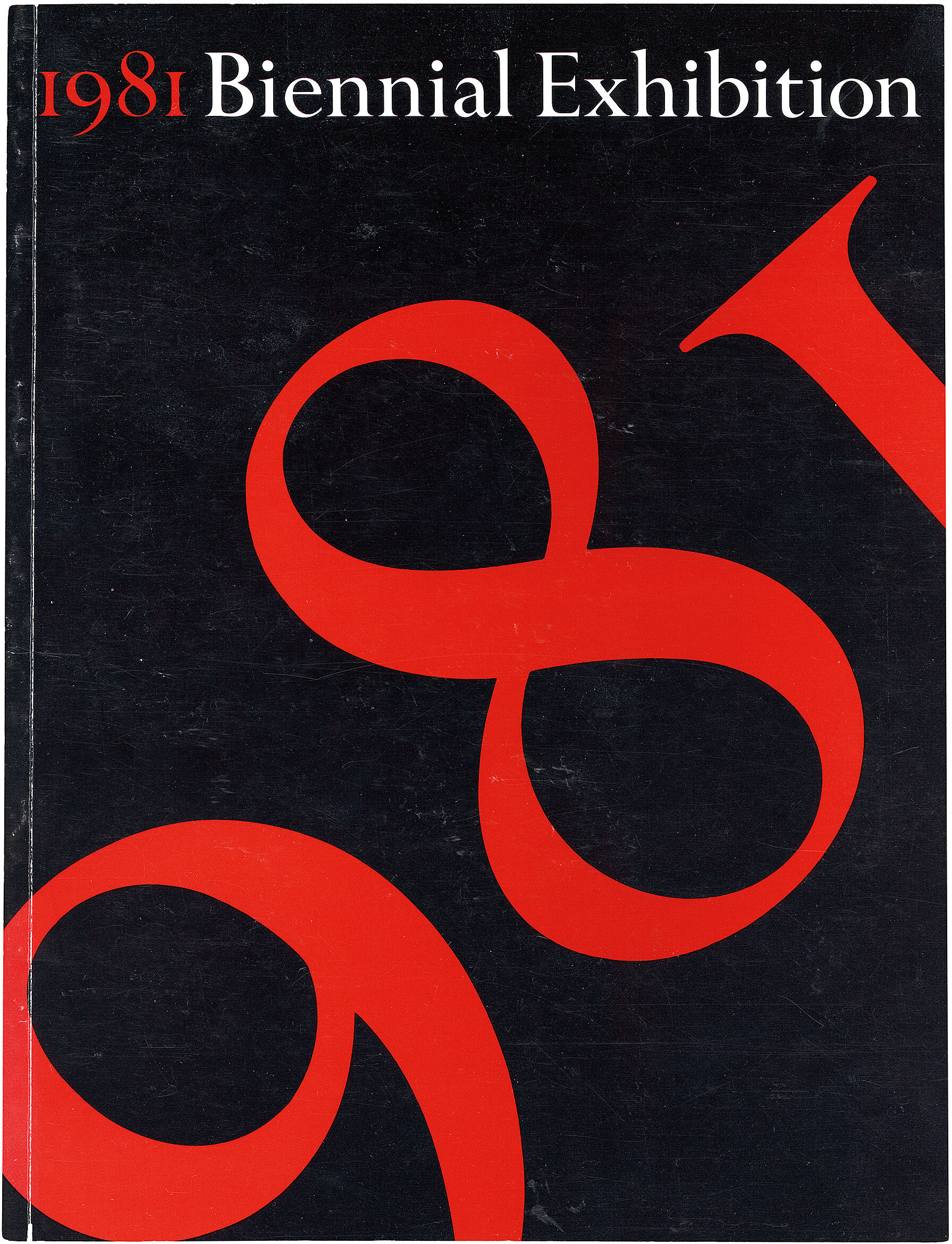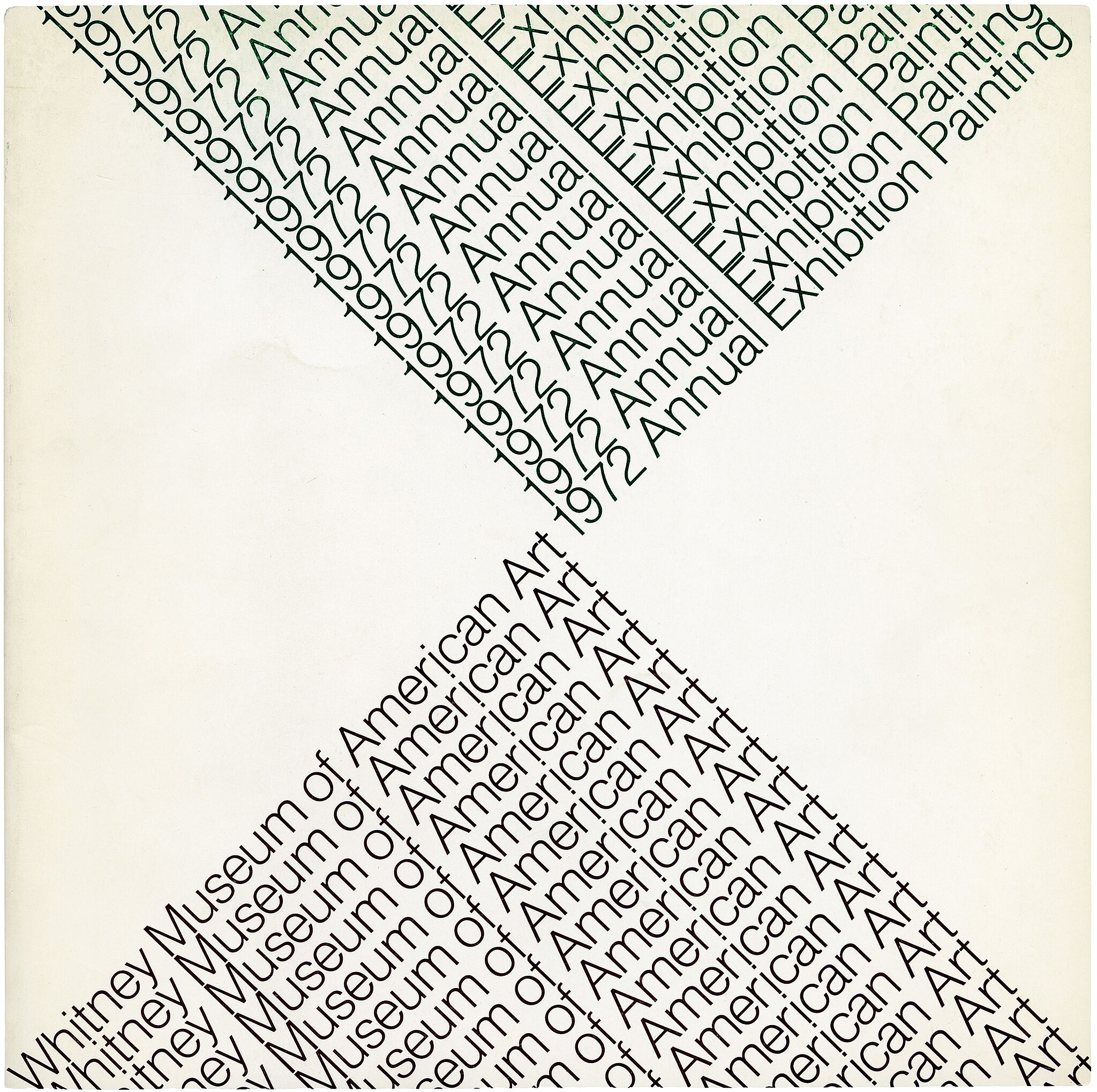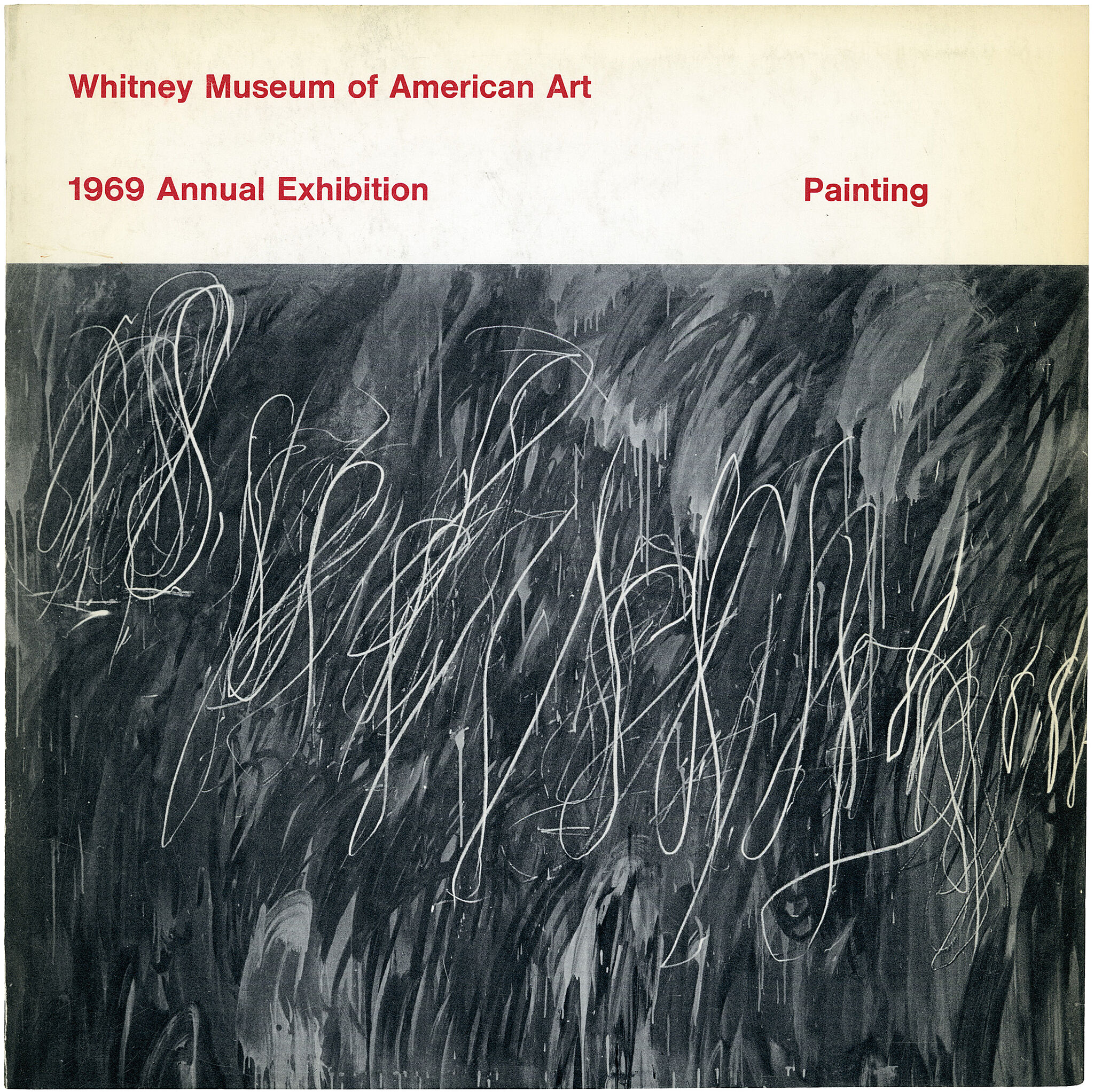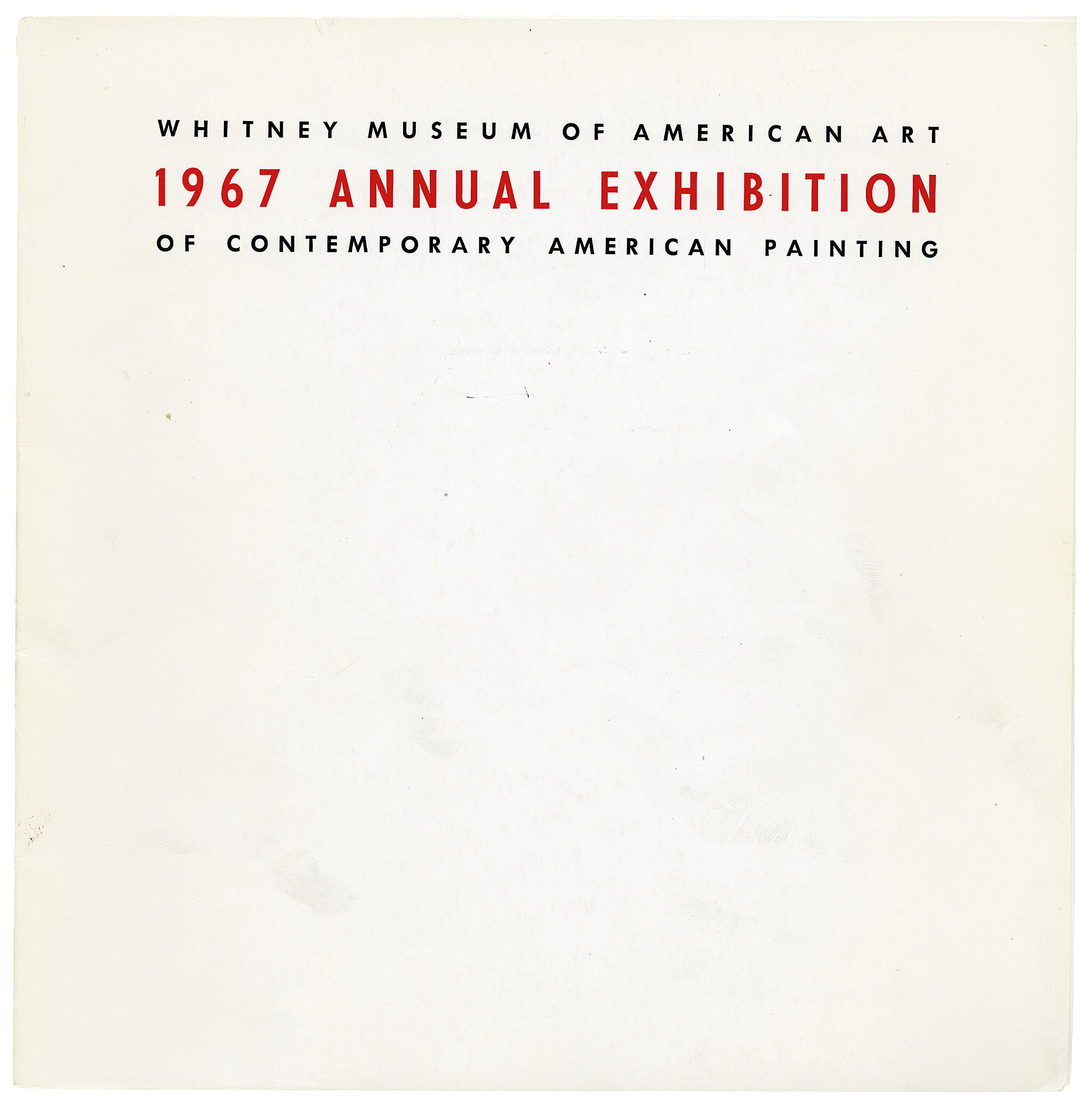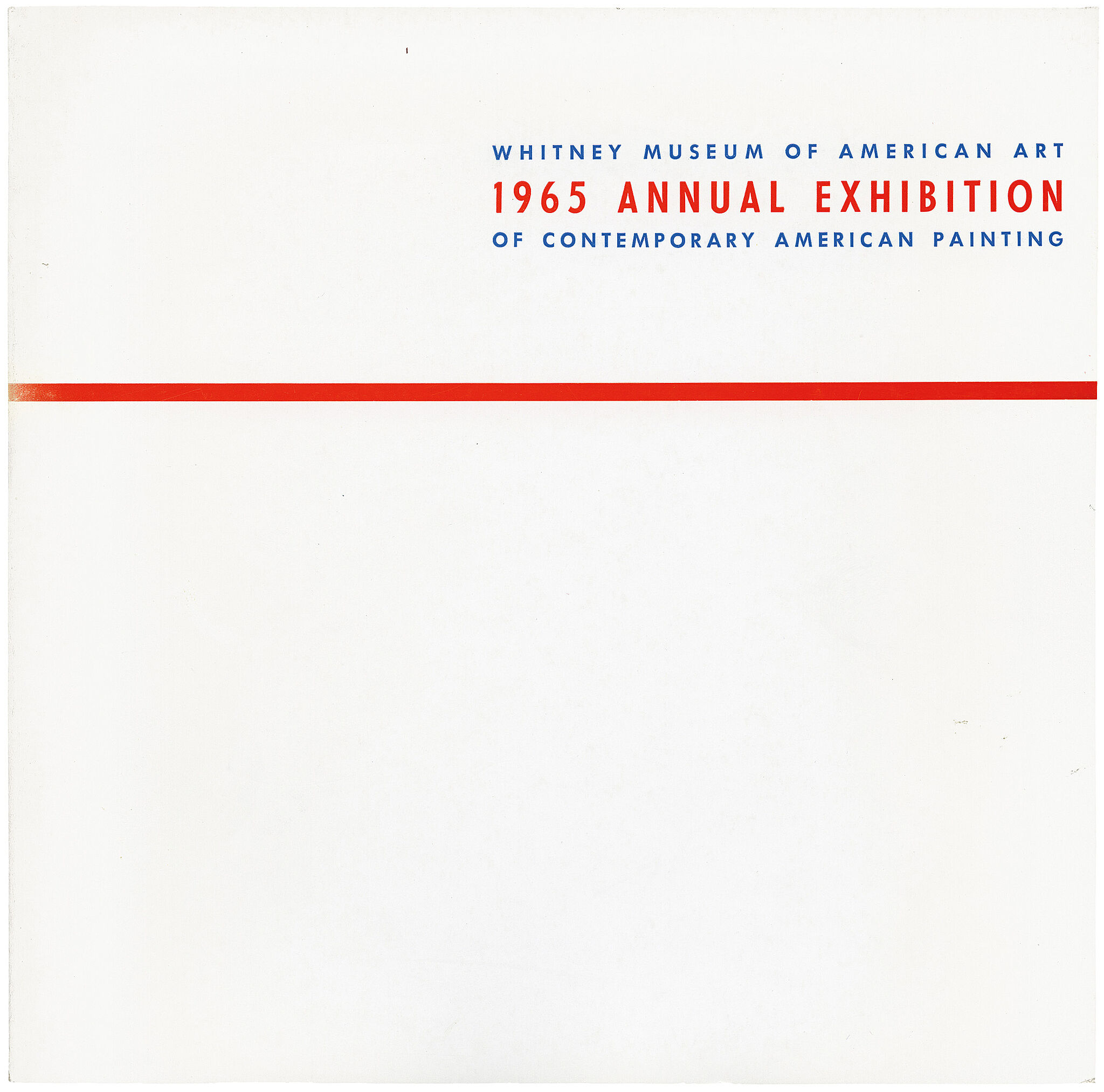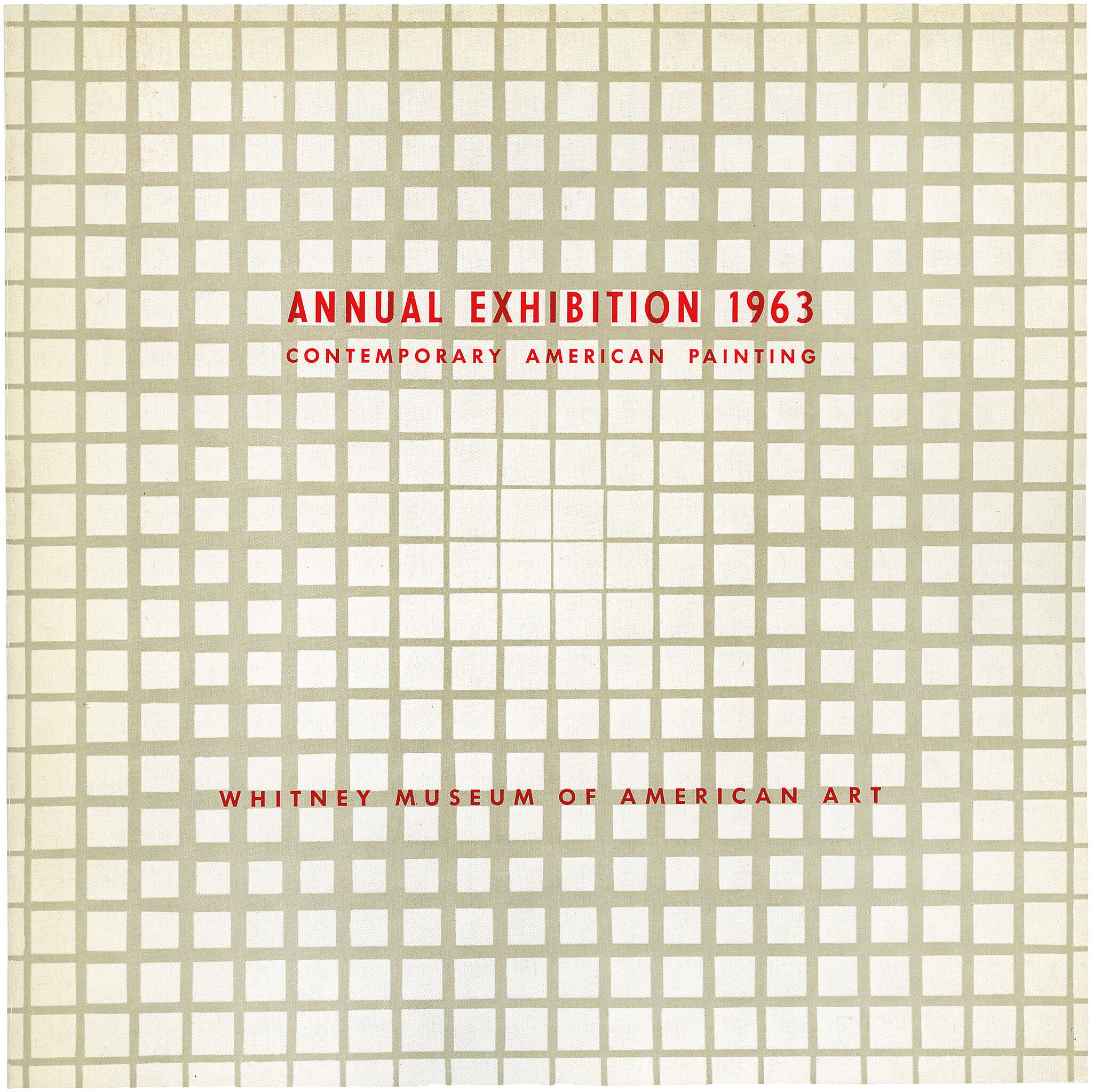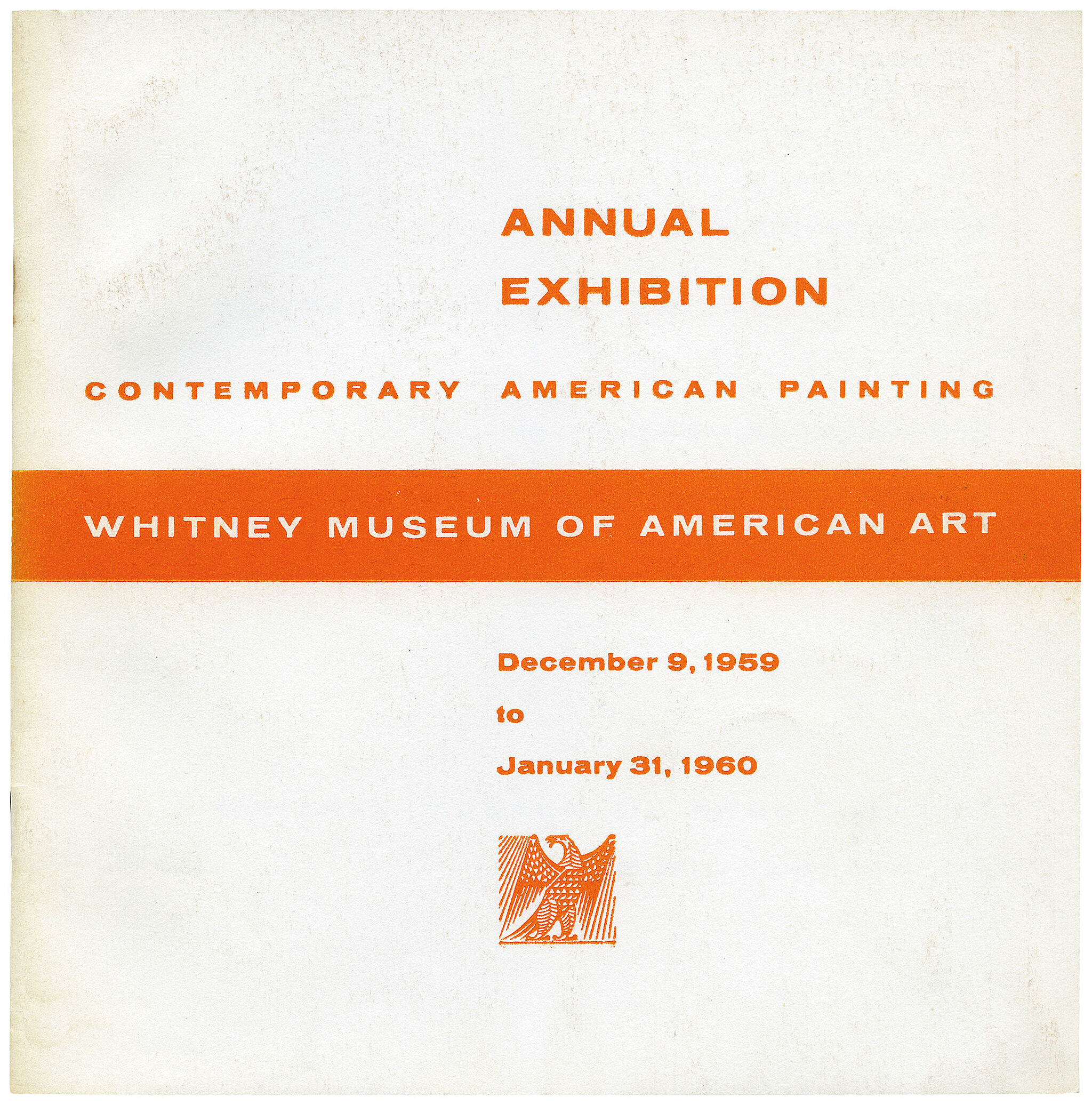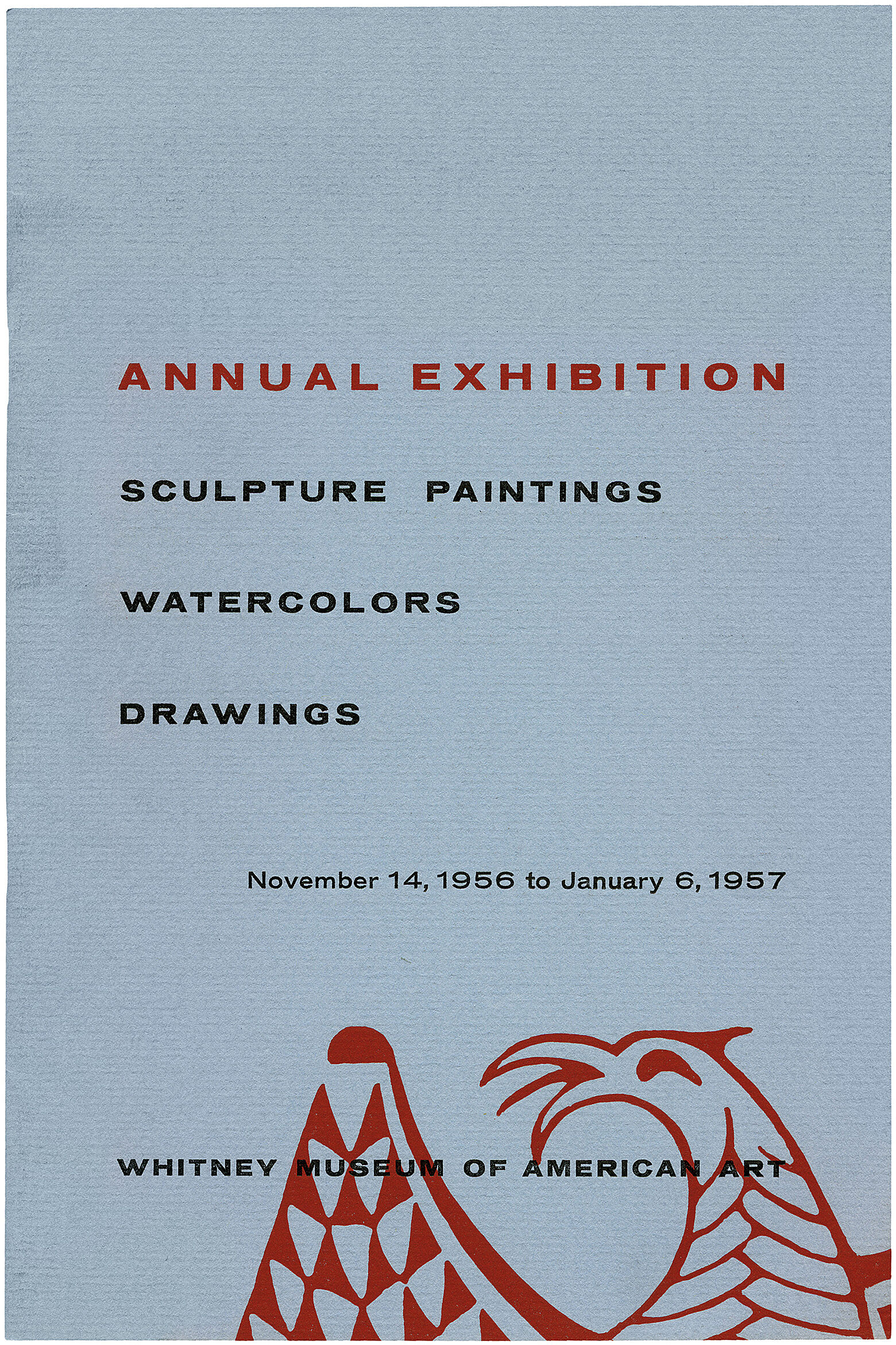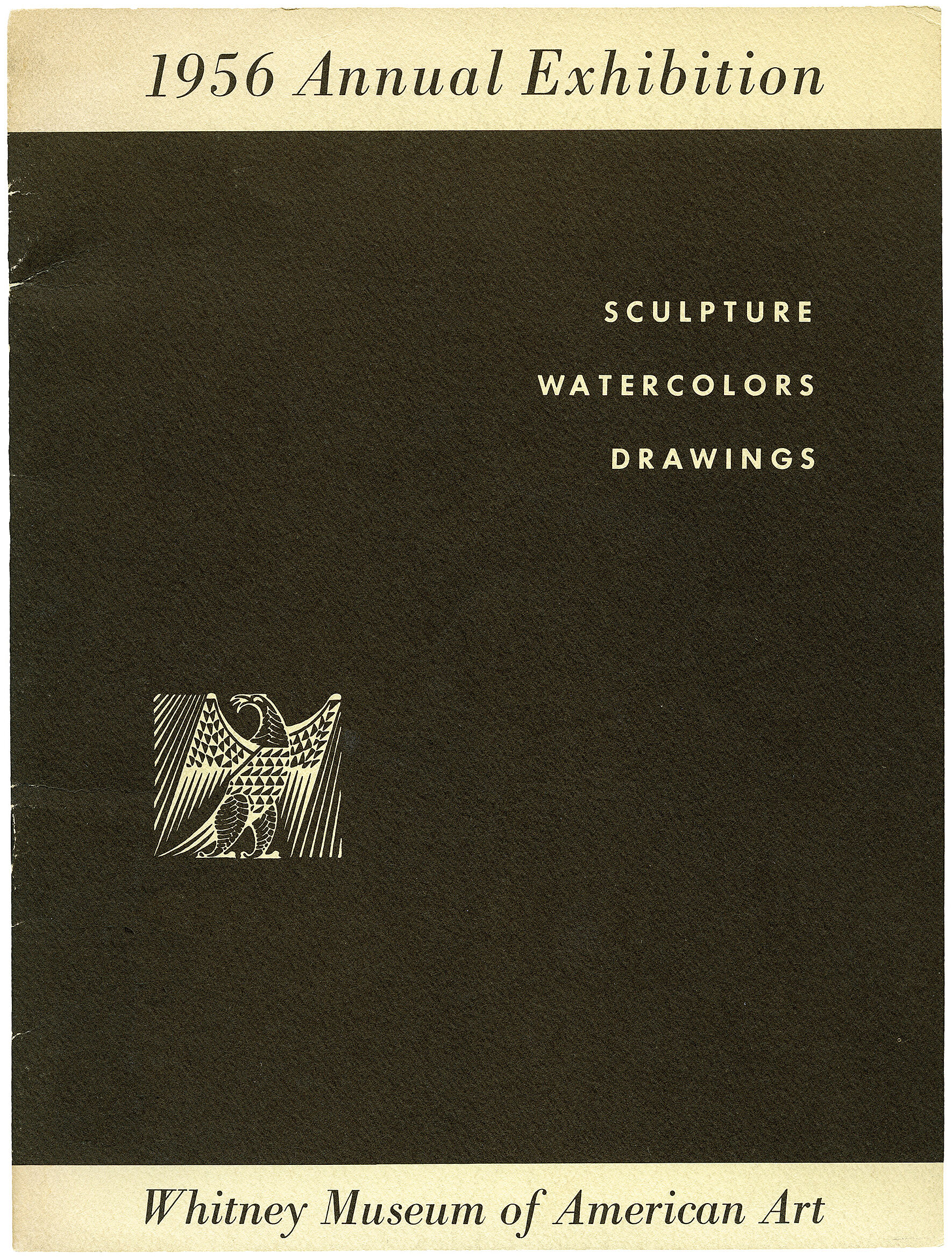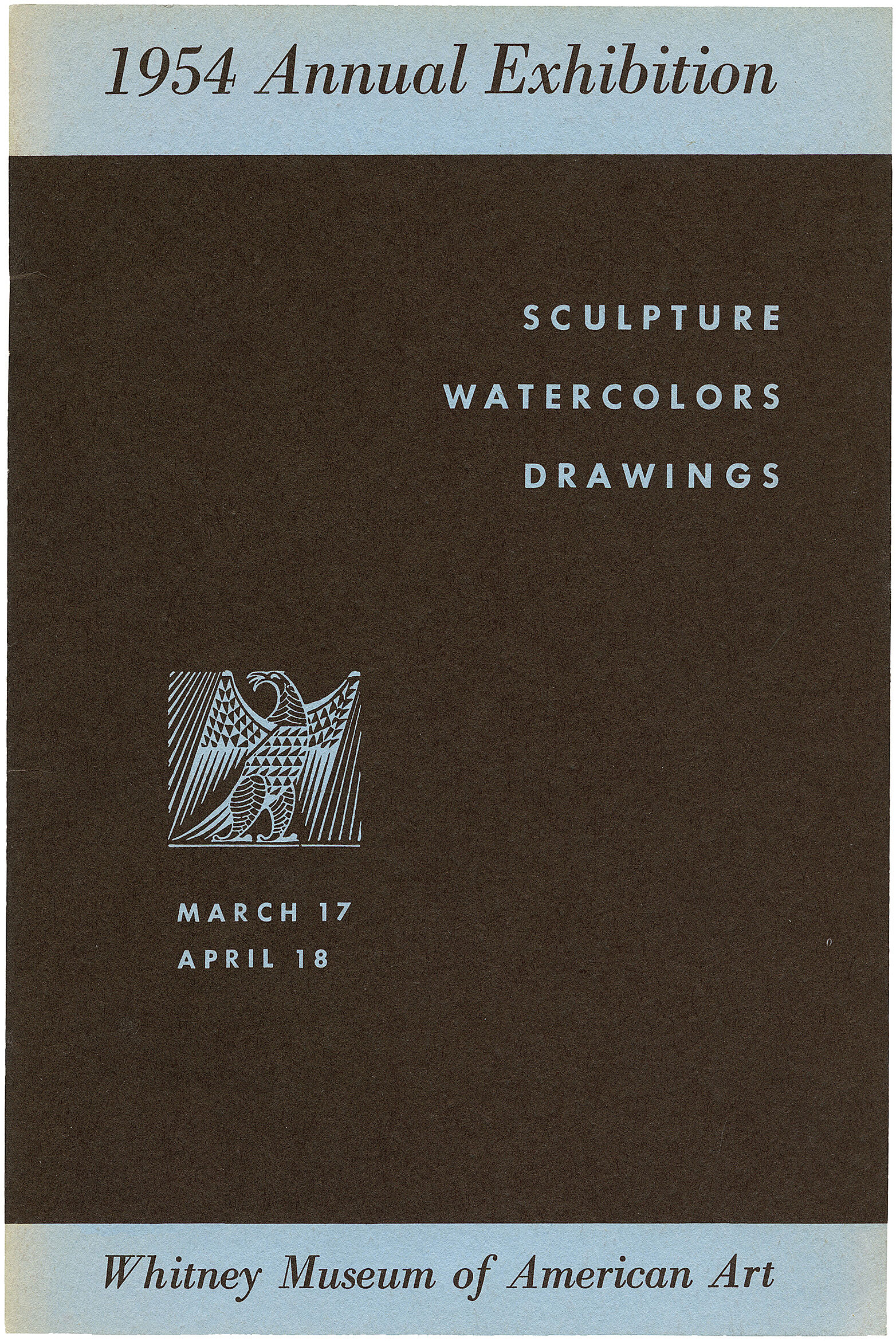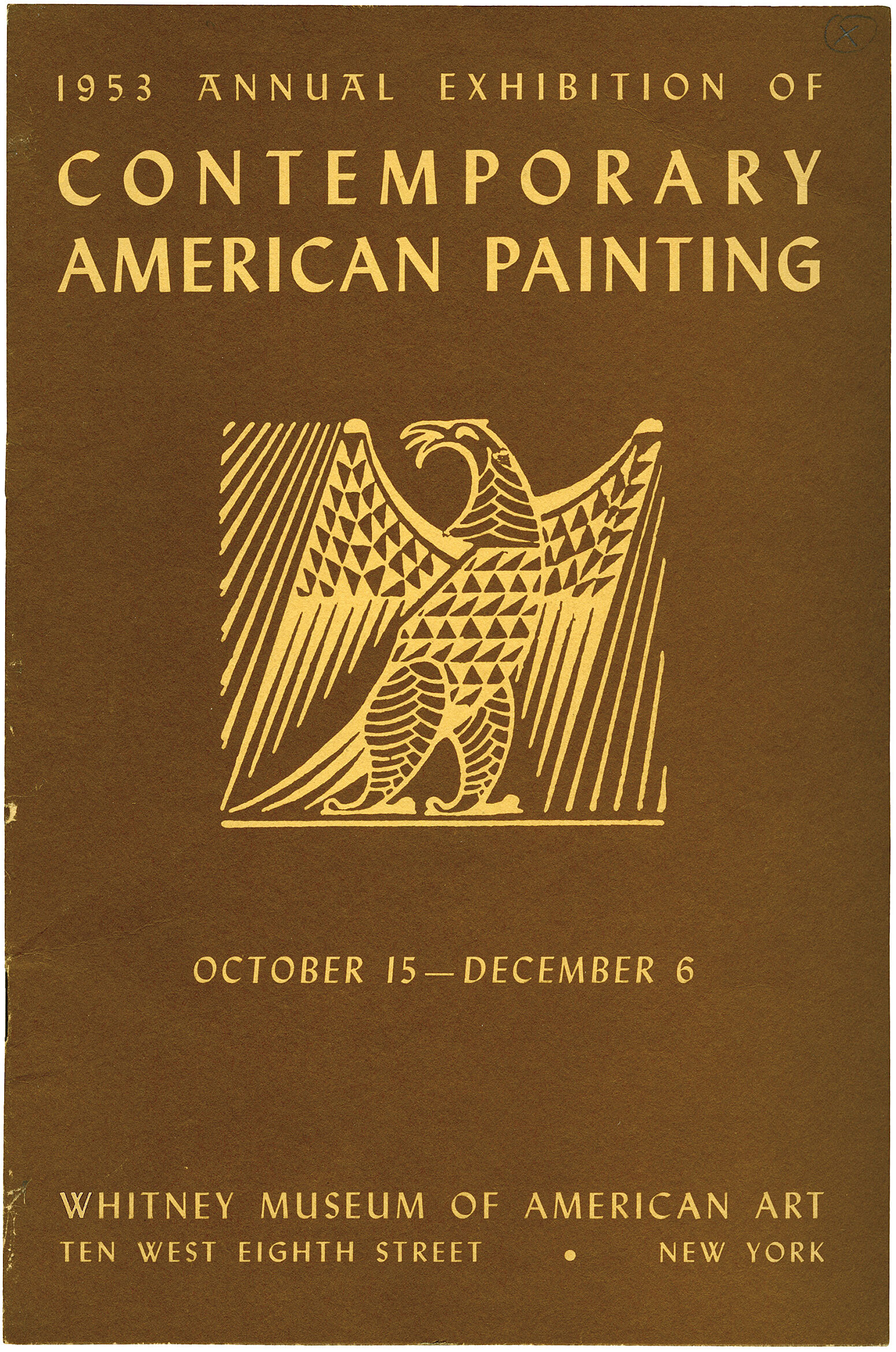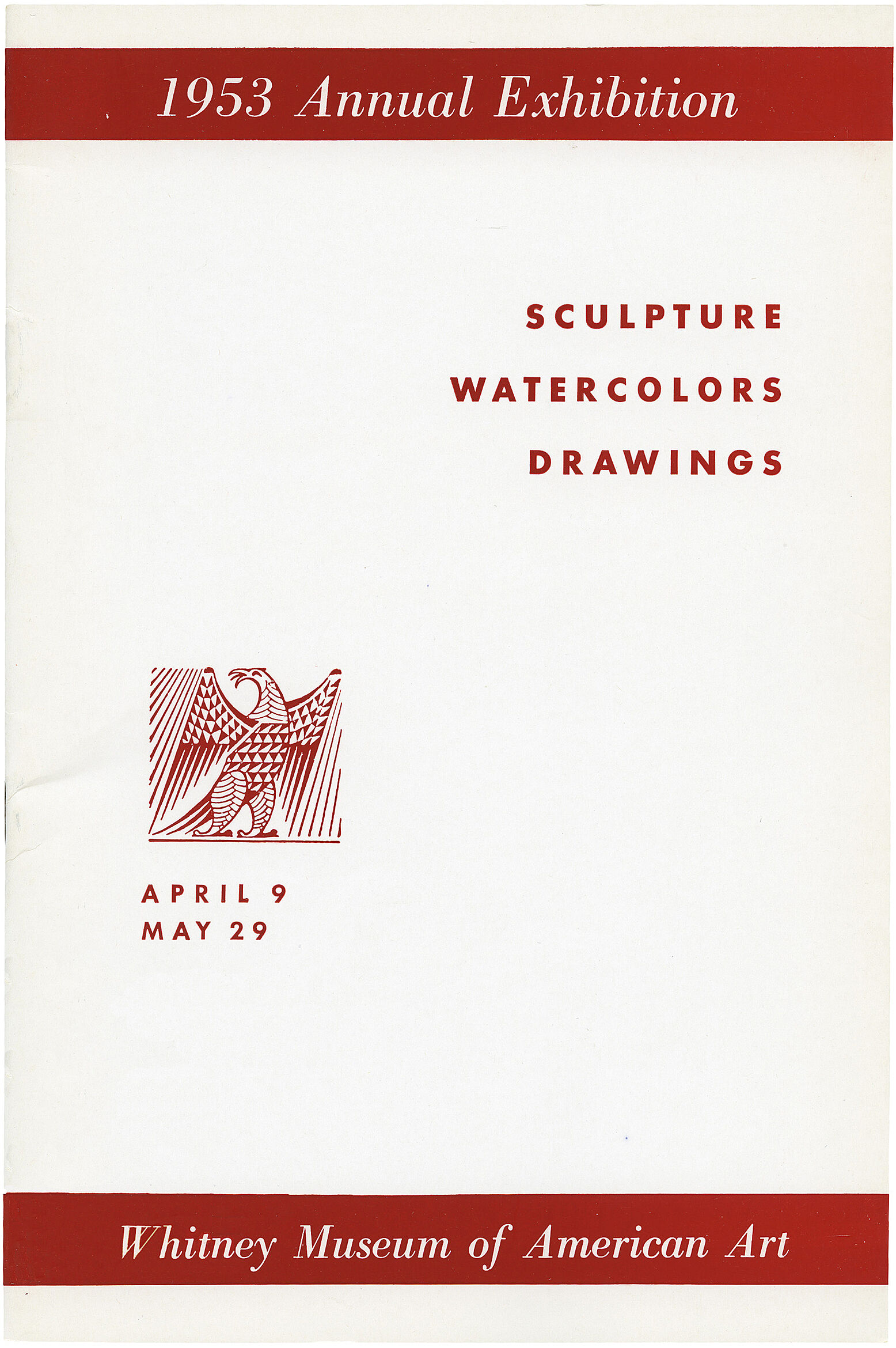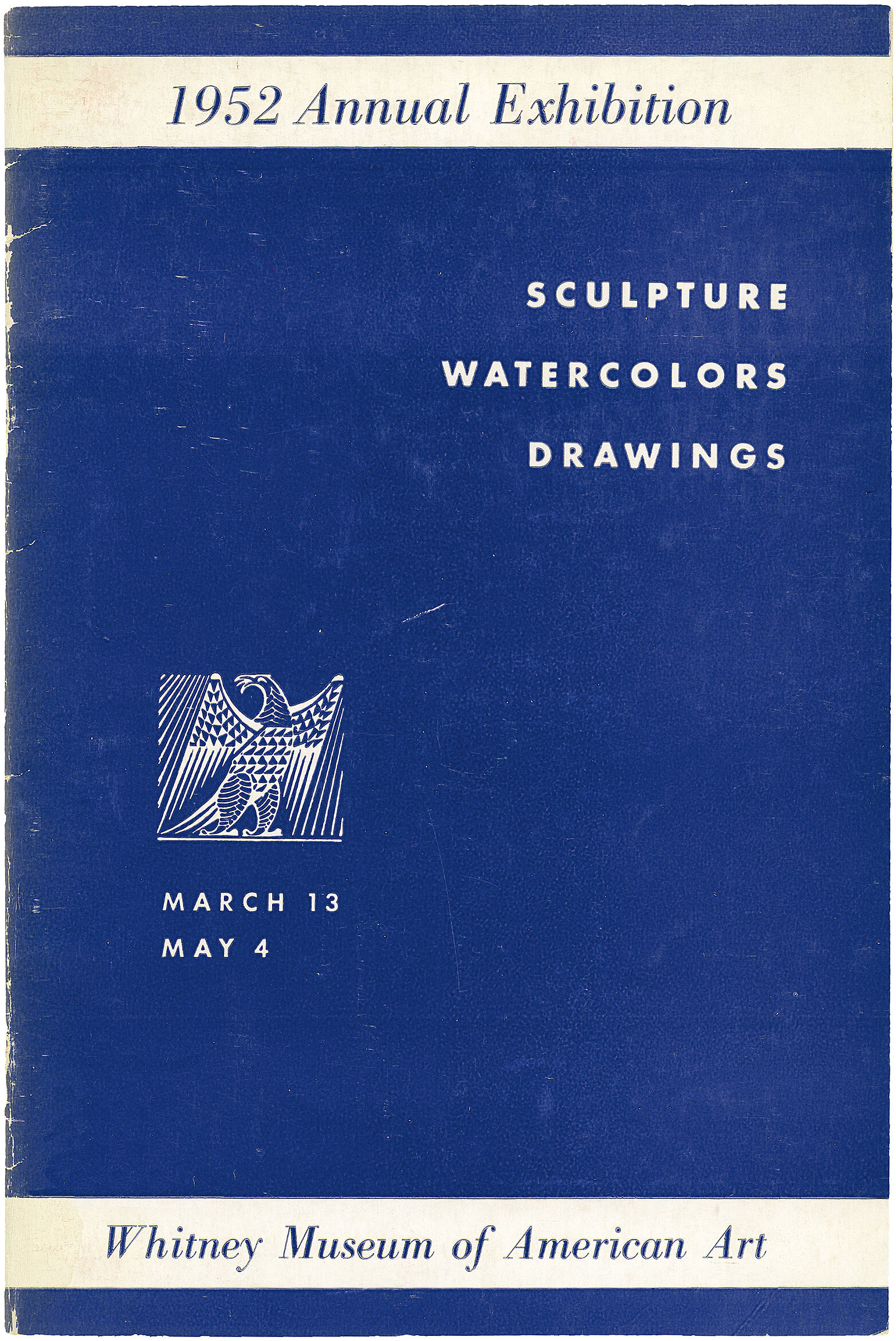Willem de Kooning
1904–1997
During the course of his prolific career of nearly seven decades, Willem de Kooning expanded the language of painting with a mastery that had few equals in the twentieth century. Along with Jackson Pollock, de Kooning is the painter most closely associated with Abstract Expressionism, the seminal American movement of the postwar era. Some of de Kooning’s most celebrated works meld abstraction with figuration and landscape.
Woman and Bicycle belongs to a series of seven paintings of women de Kooning created between 1950 and 1953. With her double mouth, straight-on gaze, and voluptuous figure, rendered in a clashing palette with raw, jagged brushwork, the woman confronts the viewer with an almost visceral force. Although the near-violent energy of his painterly gestures led some to accuse de Kooning of misogyny, for the artist the series was more a reverent, sensual homage to the feminine.
In the late 1950s, motivated in part by a larger studio and a move to the more rural setting of Springs, on New York’s Long Island, de Kooning began to paint with greater openness: a “full arm sweep.” He mixed his paint with more liquidity and applied it with a speed and force that is especially apparent in Door to the River, the apogee of a group of abstracted landscapes inspired by water, light, and motion (and by his many car trips between Manhattan and Springs). De Kooning described the content of these so-called Parkway and Pastoral Landscapes as “emotions . . . landscapes and highways and sensations . . . outside the city— with the feeling of going to the city or coming from it.”
Introduction
Willem de Kooning ( də KOO-ning, Dutch: [ˈʋɪləm də ˈkoːnɪŋ]; April 24, 1904 – March 19, 1997) was a Dutch-American abstract expressionist artist. Born in Rotterdam, in the Netherlands, he moved to the United States in 1926, becoming a U.S. citizen in 1962. In 1943, he married painter Elaine Fried.
In the years after World War II, De Kooning painted in a style that came to be referred to as abstract expressionism or "action painting", and was part of a group of artists that came to be known as the New York School. Other painters in this group included Jackson Pollock, Elaine de Kooning, Lee Krasner, Franz Kline, Arshile Gorky, Mark Rothko, Hans Hofmann, John Ferren, Nell Blaine, Conrad Marca-Relli, James Brooks, Adolph Gottlieb, Jack Tworkov, Norman Lewis, Anne Ryan, Robert Motherwell, Philip Guston, Clyfford Still, and Richard Pousette-Dart. De Kooning's retrospective held at MoMA in 2011–2012 rendered him one of the best-known artists of the 20th century.
Wikidata identifier
Q132305
Information from Wikipedia, made available under the Creative Commons Attribution-ShareAlike License . Accessed November 25, 2025.
Introduction
De Kooning was born in the Netherlands, but active primarily in the United States. He was a leading figure of Abstract Expressionism. His style strongly influenced art after World War II. De Kooning attended the Rotterdam Academy of Fine Arts and Techniques and was drawn to Cubism. He moved to the United States in 1926 and worked as a house painter. He was influenced by many avant-garde artists at this time and began to experiment with different painting techniques and processes. He became close friends with Arshile Gorky, whose death in 1948 deeply affected him. He turned to dark and violent paintings, which evolved into an obsession with the human figure. In 1952, de Kooning created the Women series, paintings of the female body in abstract and loosely rendered form.
Country of birth
Netherlands
Roles
Artist, lithographer, owner, painter, sculptor, teacher
ULAN identifier
500000974
Names
Willem De Kooning, Willem DeKooning, Willem Dekooning, William de Kooning, Willem de Kooning, willem de kooning
Information from the Getty Research Institute's Union List of Artist Names ® (ULAN), made available under the ODC Attribution License. Accessed November 25, 2025.

